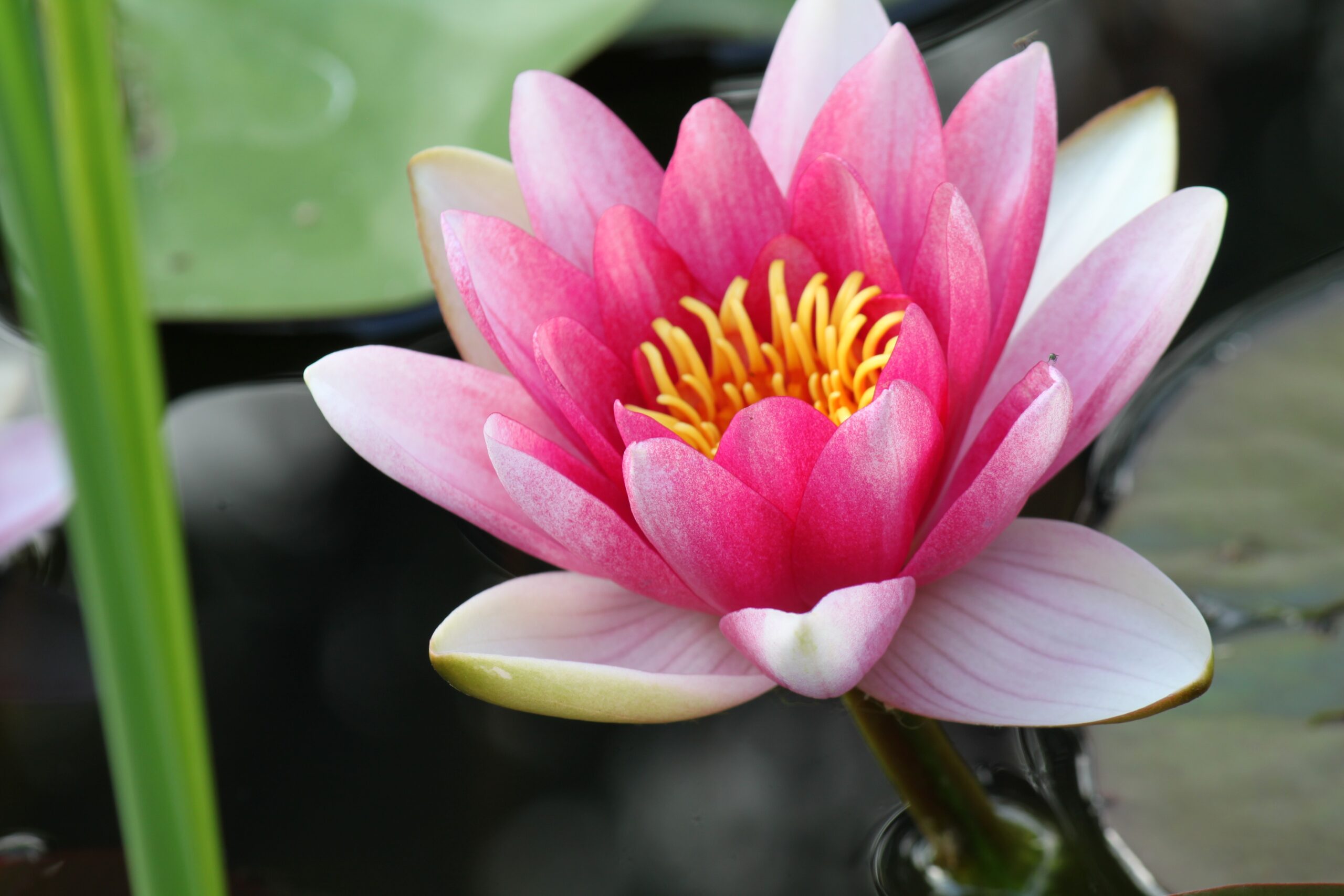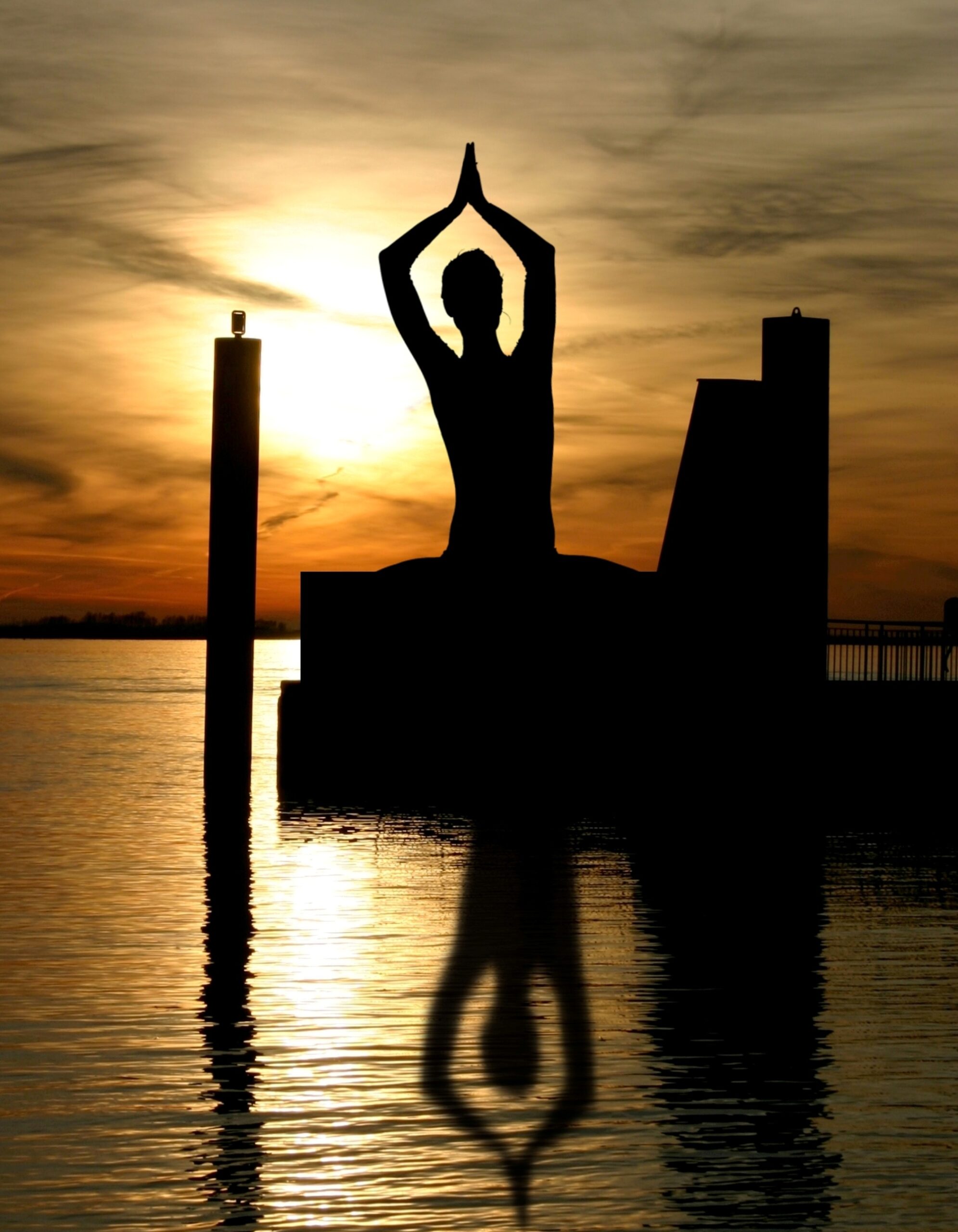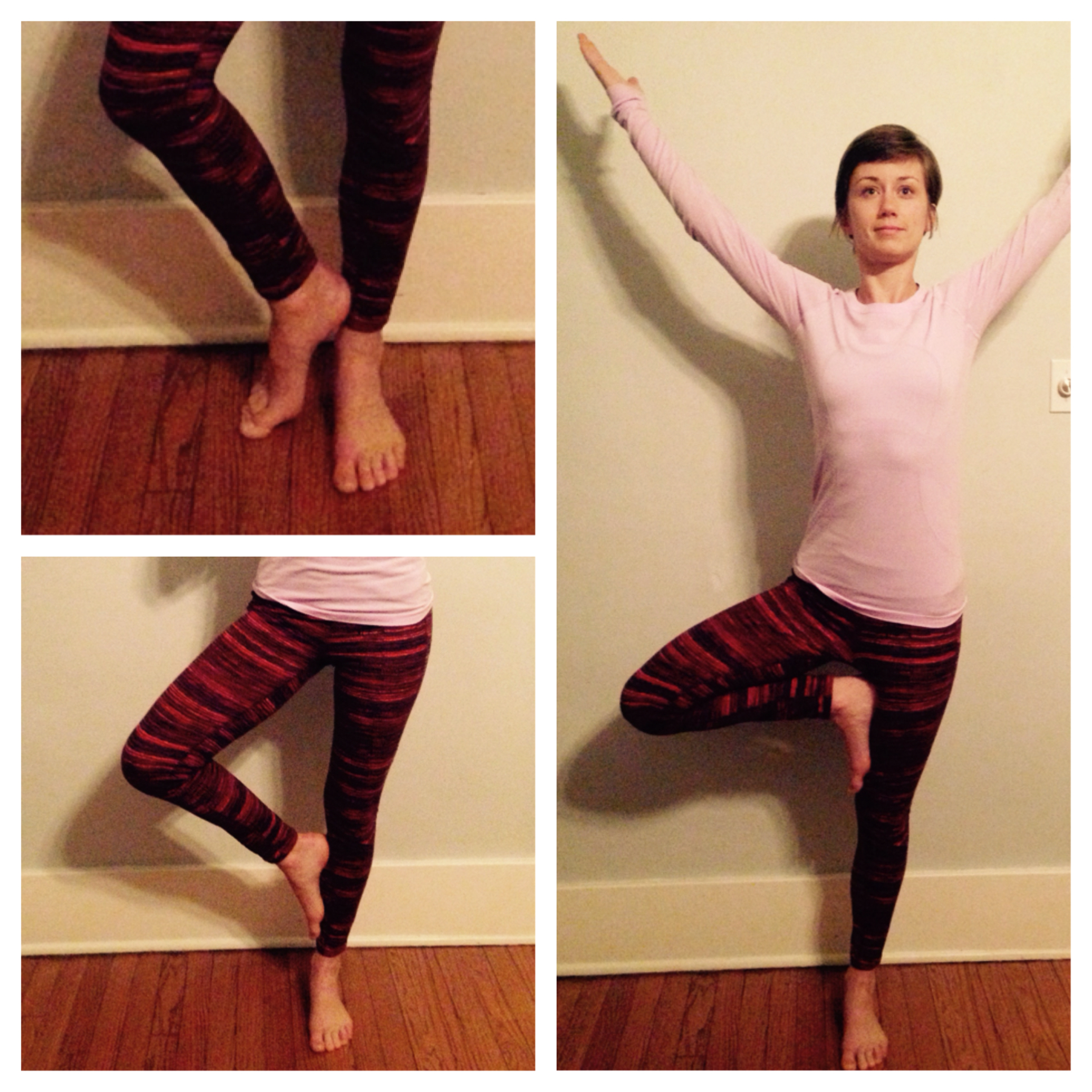Far too often, recently, I’ve found myself down the rabbit hole of Facebook comparisons. I look through pictures that people have posted of themselves as their profile pics (of course – we all post the BEST of the BEST here) and thought that I’m not nearly as attractive, accomplished, or popular as this person. But when I dig through these negative thoughts what I simmer down to for me is that this person looks HAPPY. And more than any other quality (resume, great skin, stylish clothes), I want me some more of that. I want to have peace, and joy. I want to be laughing and dancing more than I’m concerned, stressed, or do-ing through my list. Happy might make me beautiful, beloved, and successful… or not. But it may mean I care a lot less about any of those things because I’m too enthralled by enjoying my life. (And, I deleted my FB app on my phone. Yes, freedom from alerts and the temptation to instantly and everywhere have that self-comparison downer trip!)
So what does it mean to practice happiness, to find pleasure in being alive? How do I learn to slow down and enjoy the sensations in life? How do I remember the why of what I’m doing? How can I bring luscious love into the process of all that I’m creating and learning in my life?
Part of a health program I’m going through to restore hormonal balance in my body set a challenge this week to spend 3 days practicing pleasure (outside of food!). For a do-er like me, who, even without a full time job, finds herself exhausted, disappointed that she doesn’t do more. Even with compromised health from stress, this is not only super key, but also super hard. I want to rush through the check-list item of “take care of Kelsey”… and get on to the next awesome thing I want to achieve.
However, I’m slowly learning (with age? with maturity? with blaring signals from my body that it needs a break?) that finding joy and caring for myself is an important piece of living a long and full life that I design.
So, here’s what I’ve been doing over this 3 day experiment to experience the pleasure of being alive in my body and in my life:
Day 1: Went to the library and rented a book that is JUST FOR FUN. Not related to work, school, or anything I’m “getting better at”. I started reading… and didn’t want to stop. My analytical brain got a well deserved break. Why don’t I do this more often?
Day 2: SLEEP IN. That’s it. I didn’t set an alarm or make any plans before noon (or whatever time is a luxury for you). My body got to dictate my speed for the morning.
Day 3: Laid out my yoga mat, put on some fun music, and let my body be my guide. No goals of poses, no need to sweat to a certain level or make myself sore… just authentic movement. I practiced listening to my body and letting my toes wiggle, my legs bend and flow in the air, and then I gave myself a quick coconut oil massage (an Ayurvedic practice called Abhyanga) before an awesome hot shower.
Here is what I learned:
1. Sometimes, I still need to think of practicing pleasure as a to-do… AND I can use that to my advantage by putting my pleasure time into my calendar. Maybe sometimes it will be scheduling a pedicure, but other times it may just be 15 minutes of self massage or putting on a temporary tattoo to remember how rad I am.
2. As I practice remembering the joy in my body and breath and relationships in small ways (exercise, sleep, quality time, etc.), I found myself also remembering the pleasure in folding my laundry with care and love for me and my partner. I remembered the pleasure in putting the dishes in the dishwasher because I don’t HAVE to wash them myself AND they will be so lovely clean when I get back home… the little things. It’s always the little things…
Some other ways to practice experiencing the pleasure all around us:
– Call a friend
– Write a letter
– Doodle, Color, or Paint
– Light a candle
– Paint your nails
– Give yourself a luxurious shave – cream, new razor, moisturizer
– Put on soothing music
– Put on a great jam and dance around the house
– Take a walk outside
– Listen to a comedian you like or watch a funny show
– Make a collage from old magazines or of photos
– Make a playlist of feel happy jams
– Take a nap
– Enjoy a bath with essential oils and salts
– Put on your PJs, great socks, and grab a book or journal
What do you do to remember how great life can feel? How do you go about practicing pleasure?













